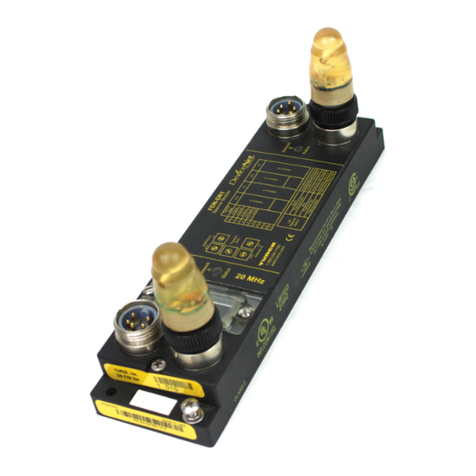turck TBEN-Lx-8IOL User manual
Other turck Control Unit manuals
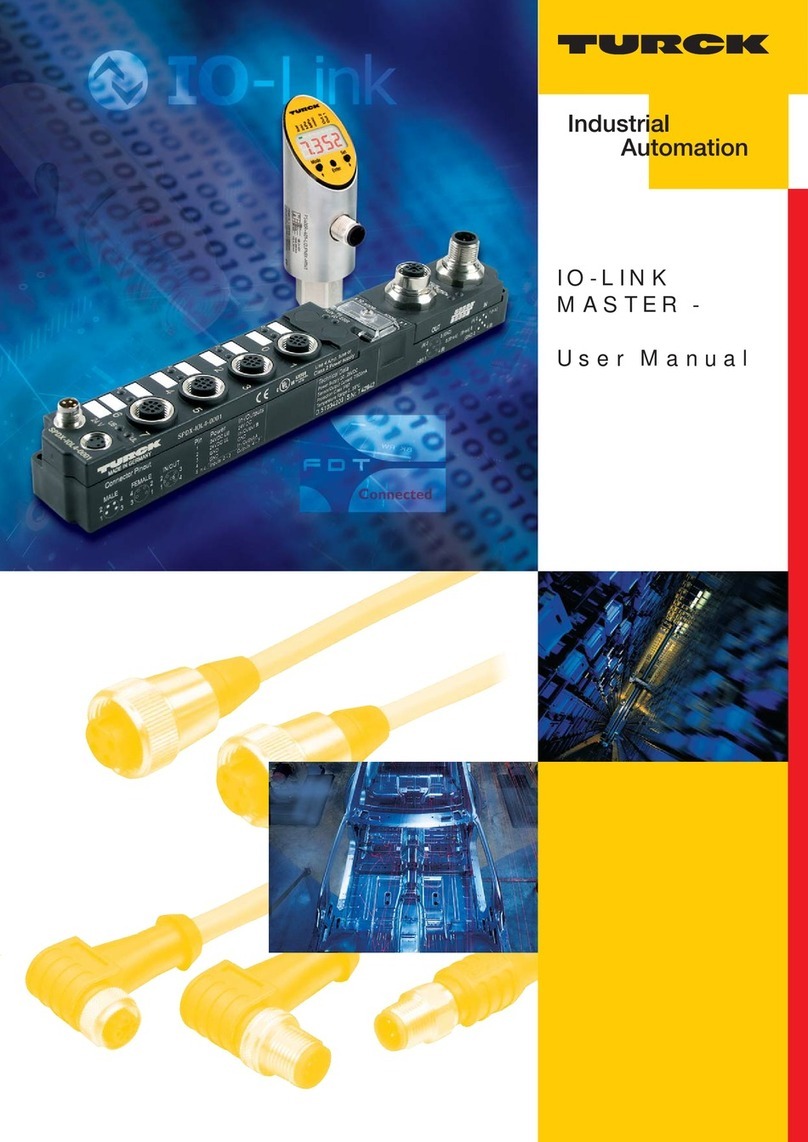
turck
turck IO-LINK MASTER User manual
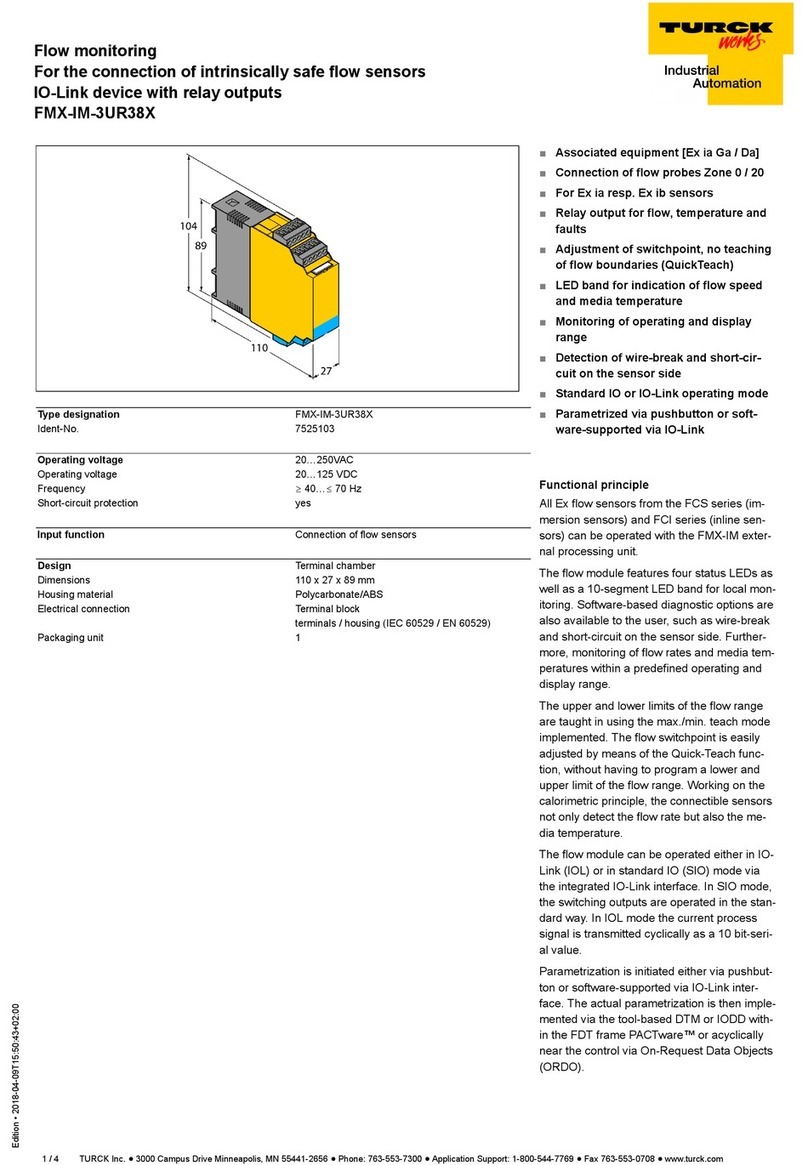
turck
turck FMX-IM-3UR38X User manual

turck
turck TBEN-S2-4IOL User manual
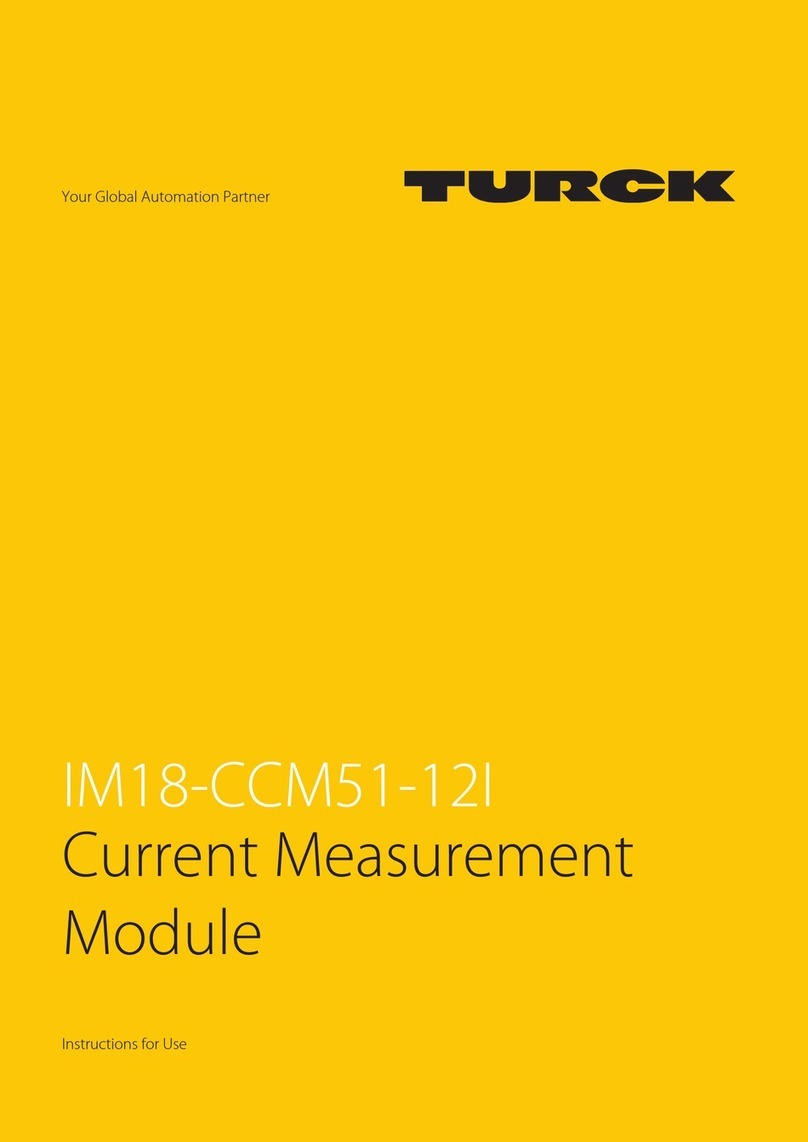
turck
turck IM18-CCM51-12I User manual
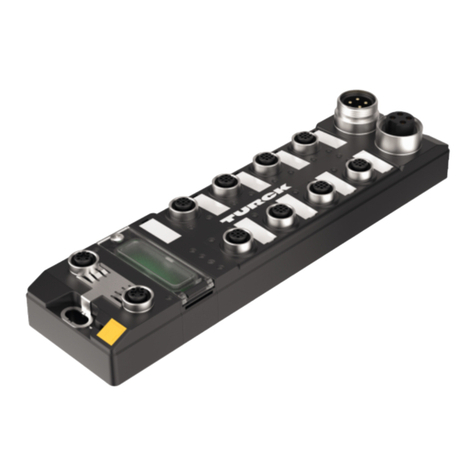
turck
turck TBEN-L 8IOL Series User manual
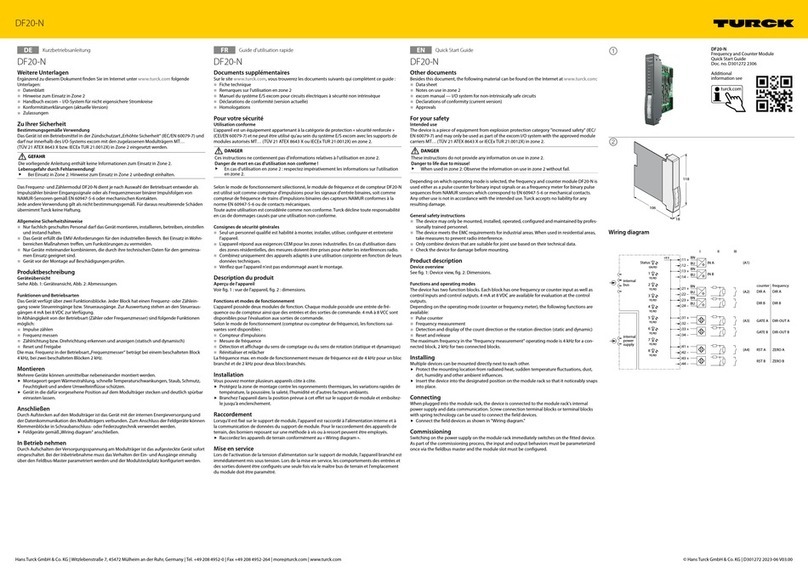
turck
turck DF20-N User manual
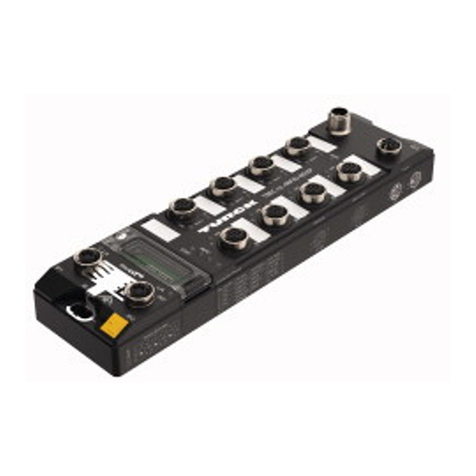
turck
turck TBEC-LL-4RFID-8DXP User manual
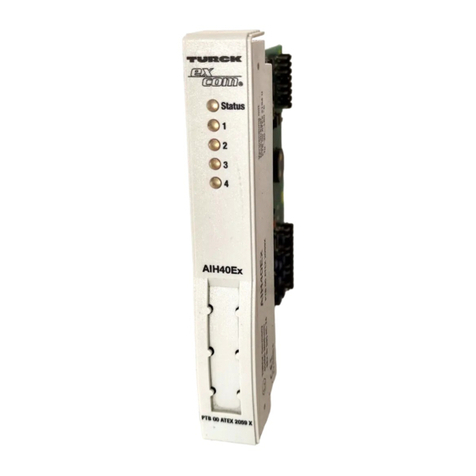
turck
turck excom I/O System Use and care manual
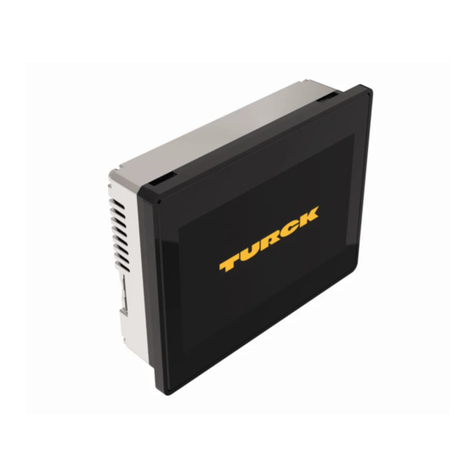
turck
turck TX700 HMI/PLC Series User manual
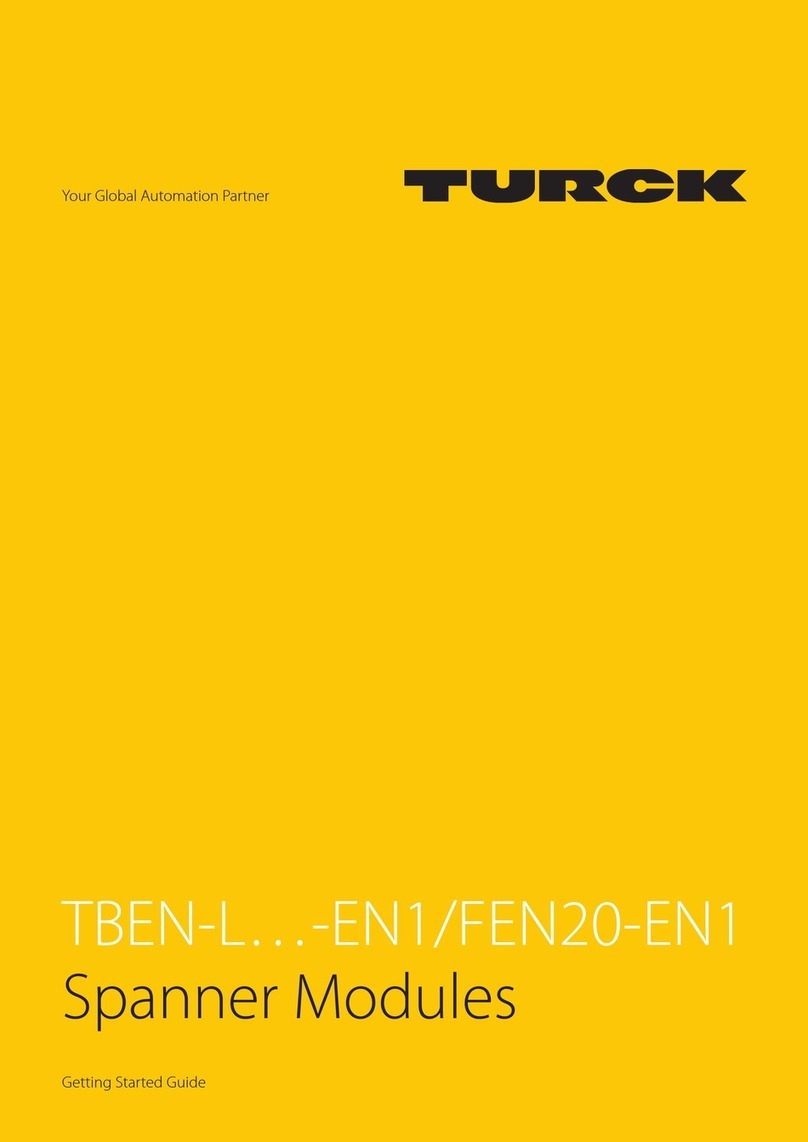
turck
turck TBEN EN1 Series User manual
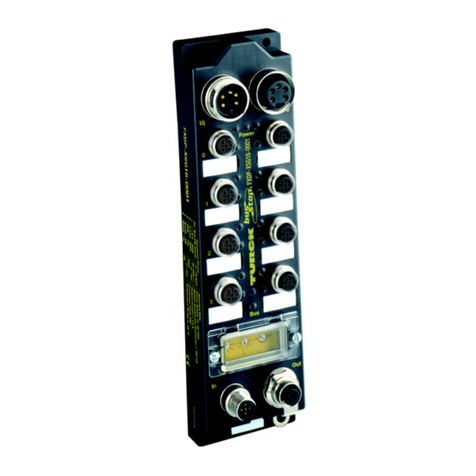
turck
turck FXDP Series User manual
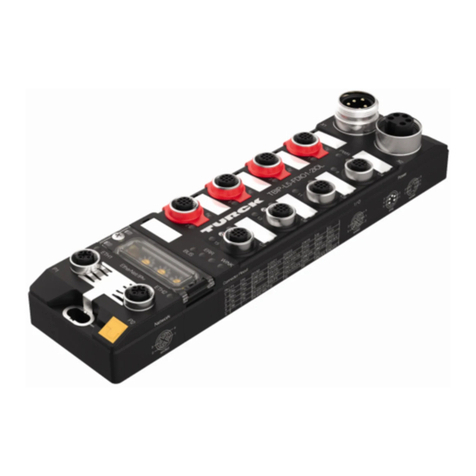
turck
turck TBPN-L FDIO1-2IOL Series User manual
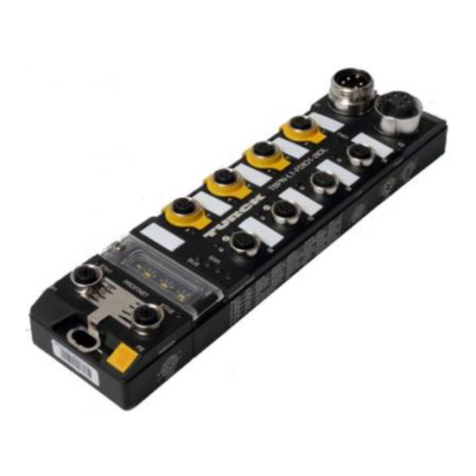
turck
turck TBPN-L1-FDIO1-2IOL User manual
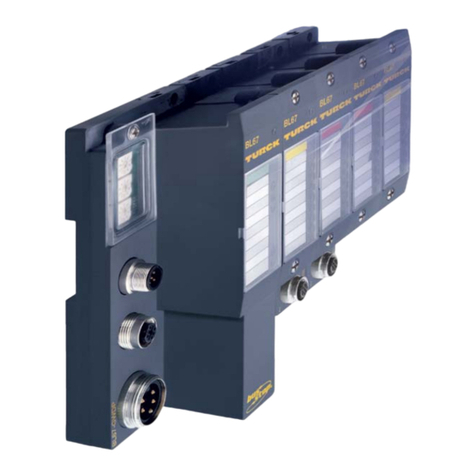
turck
turck BL67 User manual

turck
turck TBIP-L 4FDI-4FDX Series User manual

turck
turck TBEN-RFID Series Technical manual
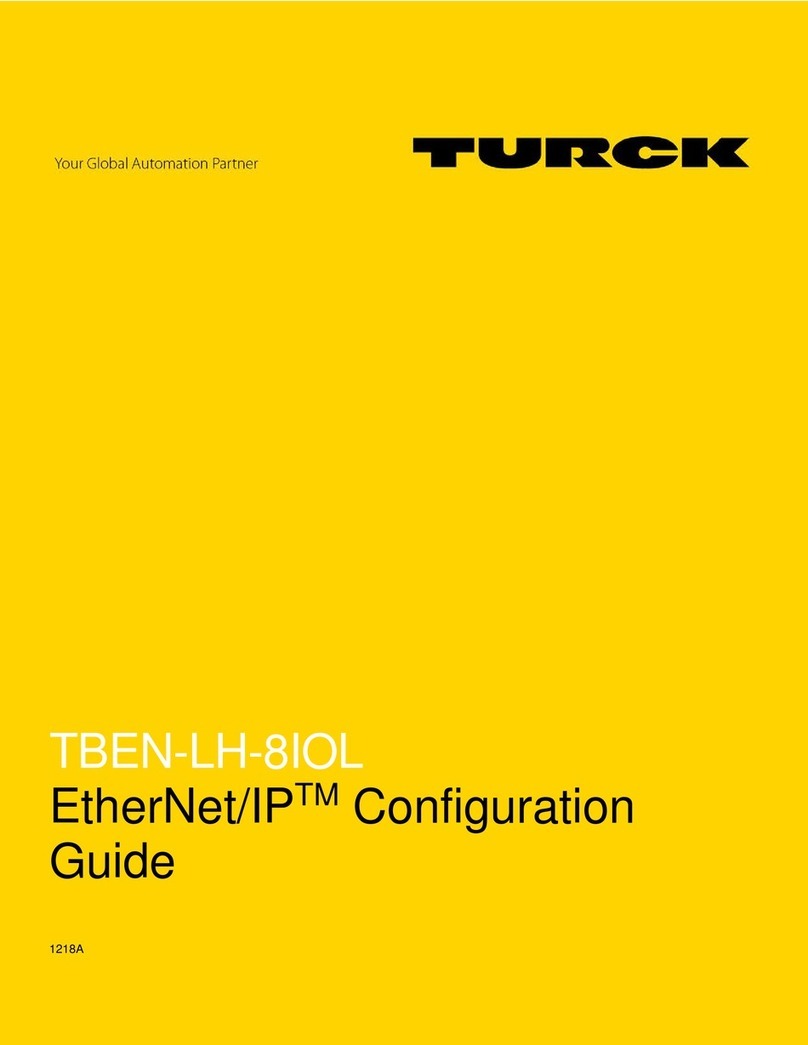
turck
turck TBEN-LH-8IOL User manual

turck
turck TBEN-LL-8IOL User manual
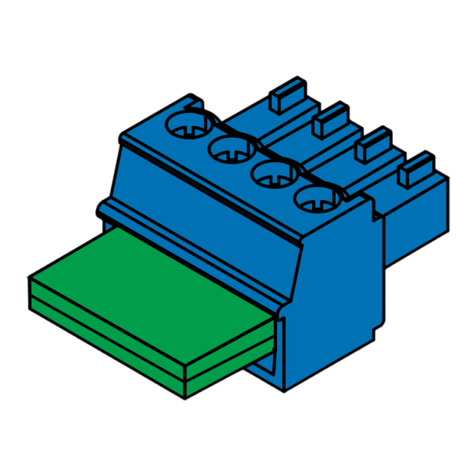
turck
turck excom-RMD1-BU User manual
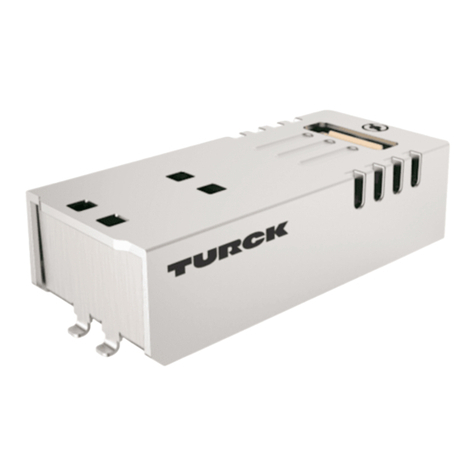
turck
turck TX-EXTEND User manual
